Did you ever wonder why your cat seems to grow closer to you with each passing year, while your carefully rehearsed tricks barely earn a blink? There’s something almost magical about the way cats build relationships—slow, subtle, and deeply rewarding. Unlike dogs, who might fetch or roll over for a treat, cats seem unimpressed by such antics. Instead, their trust grows through quiet moments and gentle routines. This isn’t accidental; it’s rooted in biology, psychology, and the mysterious heart of feline nature. Let’s journey into the fascinating science behind why cats bond over time, not tricks.
The Ancient Roots of Feline Friendship

Cats have walked beside humans for thousands of years, but it wasn’t always about cuddles and purring. Unlike dogs, who were actively bred for partnership, cats entered human society on their own terms. They started out as solitary hunters, drawn to early settlements by the promise of easy prey—rodents. Over centuries, these independent creatures began to tolerate, and then even enjoy, the company of humans. Their social evolution was slow, and that cautious pace still shapes how they connect today. It’s no wonder your cat would rather take it slow than perform on command.
The Unique Brain Chemistry of Cats

Feline brains are wired differently from those of dogs or even humans. Cats rely heavily on instinct and have heightened senses that constantly monitor their environment for threats. Their brains release oxytocin—the so-called “love hormone”—in response to positive, gentle interactions, but not for flashy performances. This means that repeated, low-stress contact helps build trust and affection. Tricks, which can feel unnatural or forced, don’t trigger the same chemical responses. Over time, a cat’s comfort level increases as it recognizes its human as a safe, predictable presence.
Body Language: The Unspoken Bond
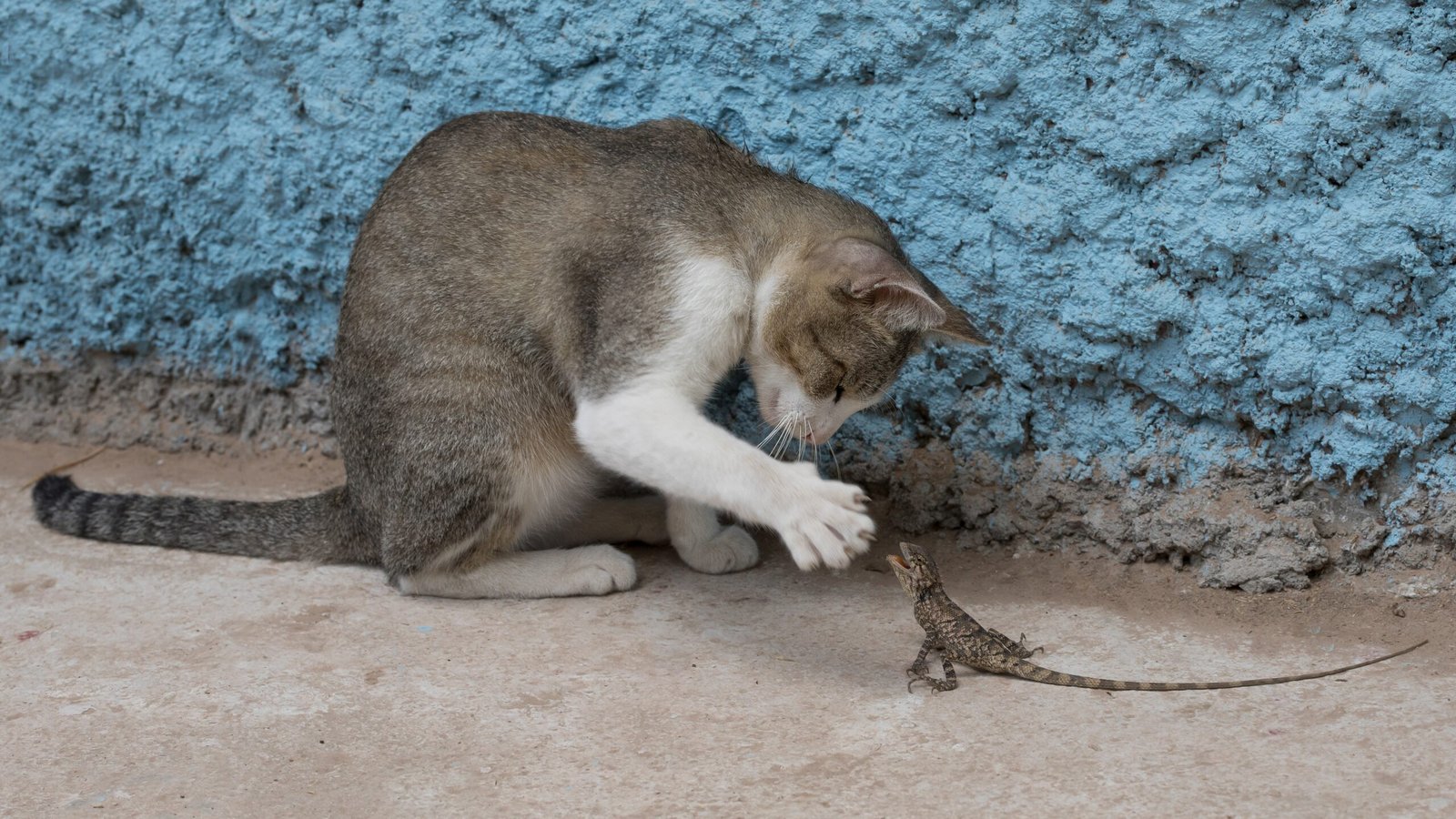
A cat’s world is painted in body language rather than words or actions. Every slow blink, gentle head bump, or relaxed tail is a piece of a subtle conversation. Unlike with dogs, who might wag or bark to show delight, cats communicate trust through these quiet cues. When you respond in kind—by blinking back or offering a gentle pet—you’re speaking their language. These small moments, repeated over months and years, are far more powerful than a single flashy trick. They lay the groundwork for deep, lasting bonds.
Why Cats Don’t Respond to Tricks Like Dogs

Cats are famously independent, and that independence is more than just attitude—it’s hardwired into their DNA. While dogs have been selected for their ability to understand and follow human commands, cats were never bred for obedience. Tricks often require repetition and external motivation, which goes against a cat’s natural instincts. Instead of feeling closer to you after learning a trick, a cat might just feel annoyed or confused. Genuine bonding happens when they choose to approach you, not when they’re coerced into performing.
Trust: The Cornerstone of Cat Relationships

Imagine trying to win over a shy friend; you wouldn’t demand a song and dance for your affection, would you? Cats are the same. Earning their trust takes time, patience, and respect for their boundaries. Every time you feed your cat, keep a quiet routine, or let them come to you on their own terms, you’re building a foundation of trust. Over time, this trust deepens, turning into a bond that’s far more satisfying than a high-five or a roll-over.
Routine and Predictability: The Comfort of Familiarity

Cats thrive on routine. In the wild, unpredictability can mean danger, so a steady rhythm helps them feel safe. Feeding them at the same time, keeping a consistent environment, and respecting their favorite spots all contribute to their sense of security. With every repeated action, your cat grows more comfortable, seeing you as a reliable part of their world. Tricks, on the other hand, can disrupt this sense of order, making your cat wary rather than affectionate.
Touch and Proximity: Building Bonds Through Closeness

Physical closeness is one of the strongest ways cats express trust. When your cat curls up beside you or kneads your lap, they’re showing vulnerability. These moments of contact are like gold in the feline world, far outweighing the value of a trick performed for a treat. Gentle petting, brushing, or simply sitting quietly together helps reinforce the idea that you’re safe and comforting. Over time, these peaceful moments stitch you and your cat closer together.
The Role of Scent in Feline Attachment
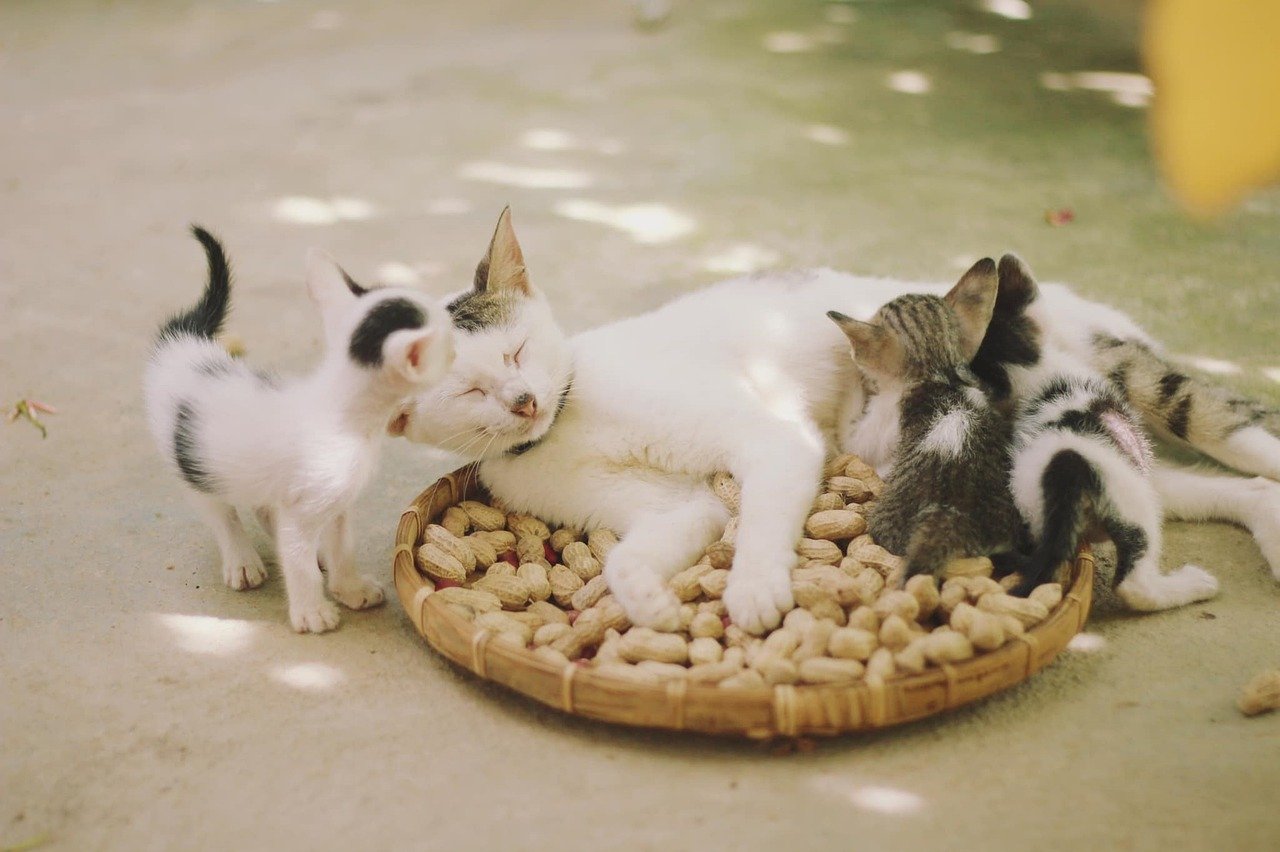
Scent is everything to a cat. They use their sense of smell to identify friends, foes, and territory. When your cat rubs its face on you, it’s not just being cute—it’s marking you with its scent, claiming you as part of its inner circle. This scent-sharing ritual is deeply rooted in their social behavior. Tricks, which are usually visual or auditory, don’t tap into this powerful sense. Sharing scent, on the other hand, forges invisible bonds that deepen over time.
Vocalizations: Understanding Cat Communication
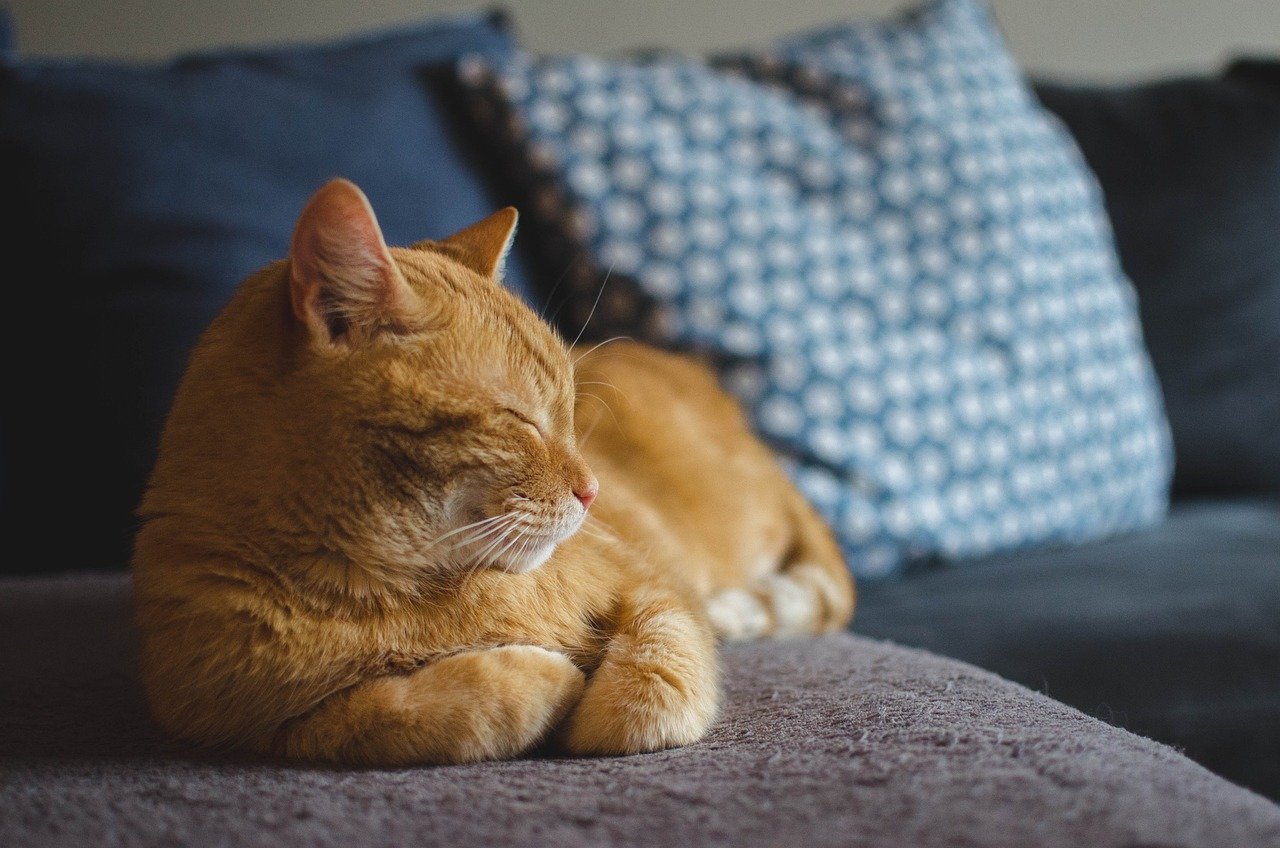
Cats have an entire library of sounds reserved just for communicating with humans. From soft purrs to chirps and meows, each sound carries a different meaning. When your cat chats with you, it’s a sign of trust and comfort. Responding to these vocalizations—whether with words, a soft tone, or even a little song—reinforces your connection. Unlike tricks, which are one-sided, this back-and-forth communication helps your relationship grow in a natural, organic way.
Observational Learning: How Cats Watch and Mimic

Cats are master observers. They learn a lot just by watching you move around, interact with objects, or respond to them. Over time, they pick up on your habits, moods, and routines. This kind of learning is subtle but powerful; your cat may start meeting you at the door, sleeping in your favorite chair, or even mimicking your daily patterns. These shared routines become the backbone of your relationship, much more so than any trick could.
Stress and Its Impact on Bonding

Stress is a bond-breaker for cats. Loud noises, sudden changes, or forced interactions can make them withdraw. When you focus on building trust over time, you’re creating a stress-free environment where your cat feels safe to open up. Tricks, especially if taught with pressure or impatience, can actually increase anxiety. The slow build of positive experiences, on the other hand, helps your cat relax and truly connect with you.
The Power of Play: Natural Interaction Over Performance

Play is one of the most natural ways for cats to engage with their humans. Unlike tricks, which feel like performances, play taps into their hunting instincts and curiosity. Feather wands, balls, and interactive toys let you join in their world, sharing moments of joy and excitement. These playful sessions become treasured memories and help solidify your bond, no applause necessary.
Food and Treats: The Subtle Art of Sharing

Food is a powerful motivator for most animals, but for cats, it’s also a gesture of trust. When you consistently provide meals and occasional treats, your cat sees you as a reliable provider. Sharing food is a quiet ritual that strengthens your bond over time. While treats can be used to teach tricks, the act of simply feeding your cat, day in and day out, is what really cements your relationship.
Kittenhood Experiences and Early Socialization
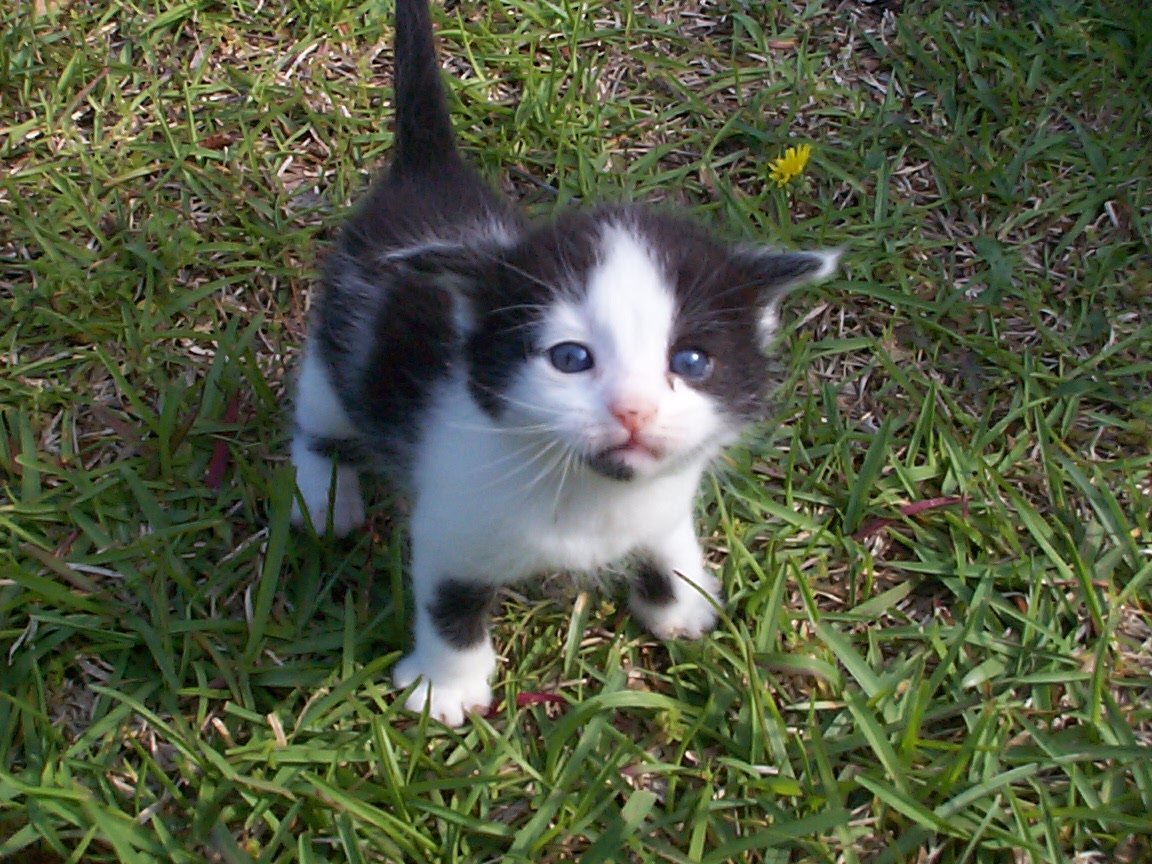
A cat’s earliest experiences shape how it bonds with humans later in life. Kittens who are gently handled, exposed to new environments, and given positive attention tend to grow into friendlier, more trusting adults. If a cat missed out on early socialization, it may take longer to form a deep connection—but patience and consistency can work wonders. Tricks are no substitute for the trust built in these formative months.
Respecting Individual Personality Differences

No two cats are alike. Some are bold and outgoing, while others are shy or reserved. Recognizing and respecting your cat’s unique personality is key to building a lasting bond. Pushing a timid cat to perform tricks can backfire, making them more withdrawn. Instead, meeting your cat where they are—accepting their quirks and preferences—sets the stage for genuine affection to blossom.
Shared Spaces: The Importance of Territory

Cats are territorial creatures. They feel secure when they have control over their environment. Sharing your living space in a way that respects their need for personal territory helps your cat feel safe and included. Offering cozy beds, window perches, or quiet corners gives your cat the confidence to relax around you. Over time, these shared spaces become symbols of trust and companionship, much more meaningful than any trick.
Healing from Past Trauma: Rebuilding Trust Slowly

Some cats come from difficult backgrounds—rescued from the streets, shelters, or neglectful homes. For these cats, trust takes even longer to build. Tricks can feel overwhelming or even threatening to a traumatized cat. Instead, gentle routines, patience, and a safe environment help them heal at their own pace. Watching a once-fearful cat learn to trust is one of the most rewarding experiences for any cat lover.
The Importance of Nonverbal Reassurance

Sometimes, the best thing you can do for your cat is simply be present. Sitting quietly nearby, offering a gentle touch, or just sharing a room can be incredibly reassuring. These nonverbal forms of communication tell your cat that you’re there for them—no pressure, no expectations. Over time, this quiet companionship becomes the bedrock of your relationship.
Recognizing Signs of Affection and Bonding
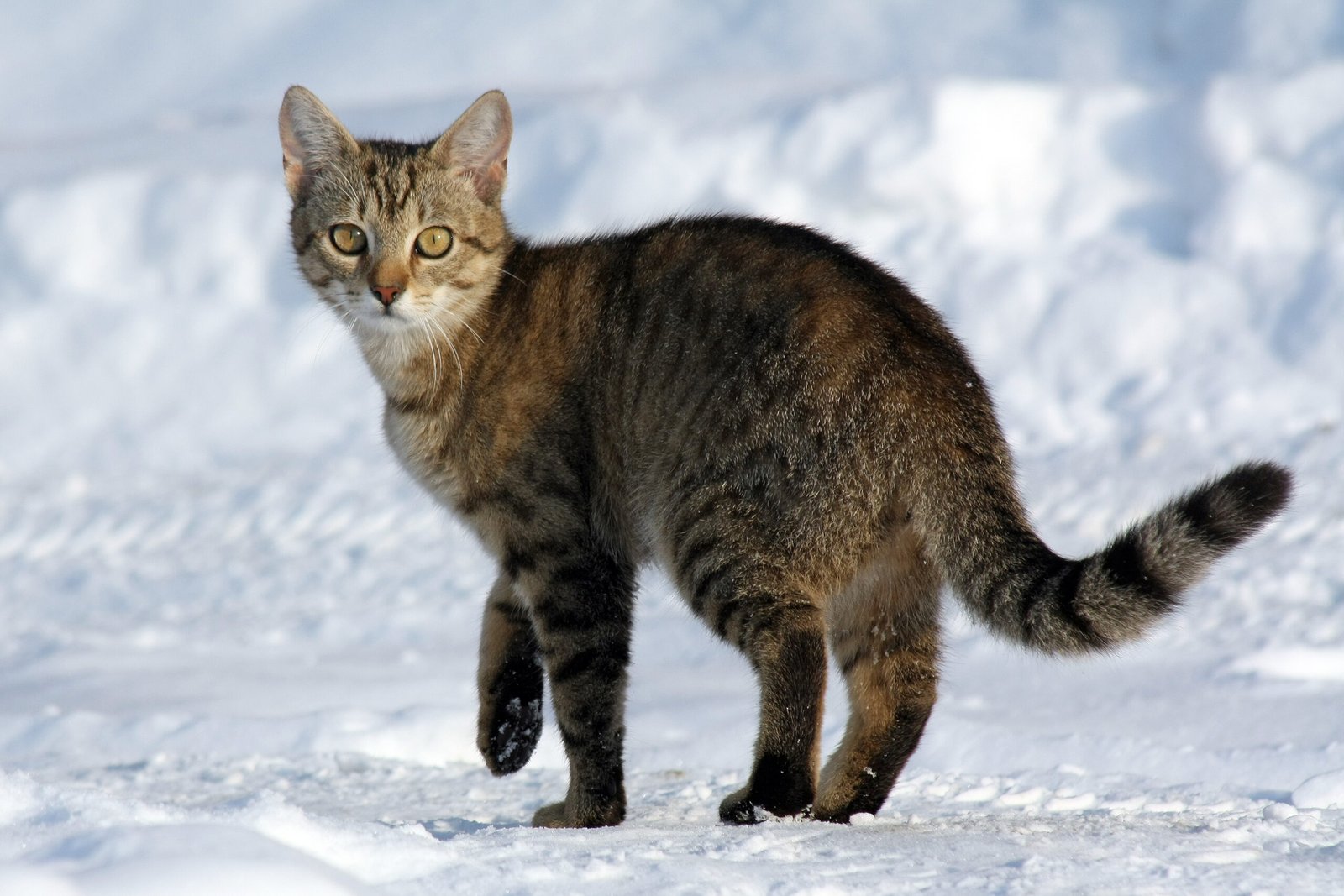
How do you know if your cat is truly bonded with you? Look for the small signs: slow blinks, following you from room to room, sleeping on your bed, or bringing you a “gift.” These gestures may seem humble, but in the feline world, they speak volumes. They’re the result of months, or even years, of trust and shared experiences—things tricks simply can’t replace.
Patience: The Most Essential Ingredient
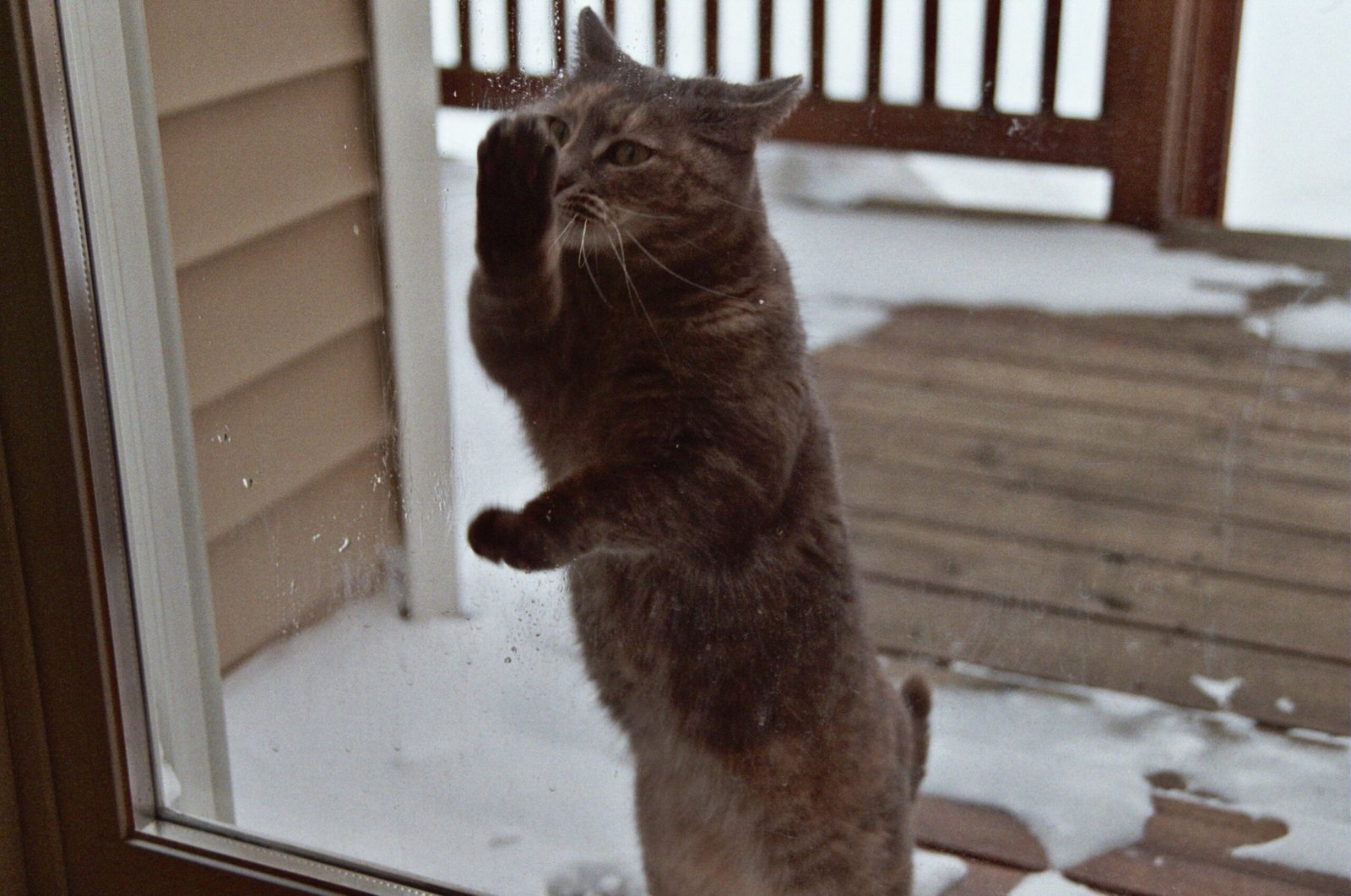
If there’s one secret to bonding with a cat, it’s patience. Cats operate on their own timelines, and rushing the process only sets you back. Each day, each gentle interaction, is a step toward a deeper connection. With time, your cat will reveal a side of themselves that’s loving, loyal, and uniquely theirs. And isn’t that slow, unfolding journey far more magical than any trick?
Hi, I’m Bola, a passionate writer and creative strategist with a knack for crafting compelling content that educates, inspires, and connects. Over the years, I’ve honed my skills across various writing fields, including content creation, copywriting, online course development, and video scriptwriting.
When I’m not at my desk, you’ll find me exploring new ideas, reading books, or brainstorming creative ways to solve challenges. I believe that words have the power to transform, and I’m here to help you leverage that power for success.
Thanks for stopping by, Keep coming to this website to checkout new articles form me. You’d always love it!






